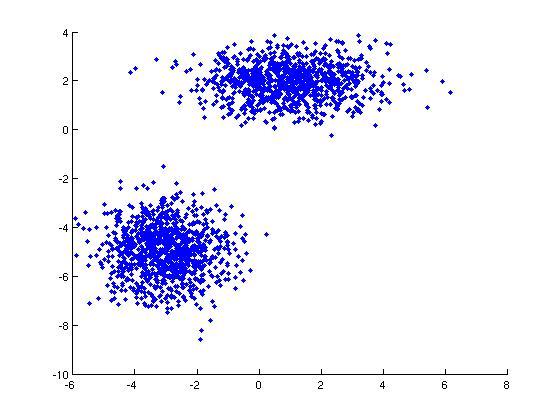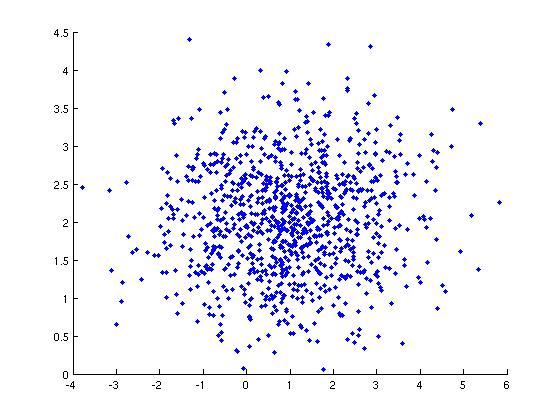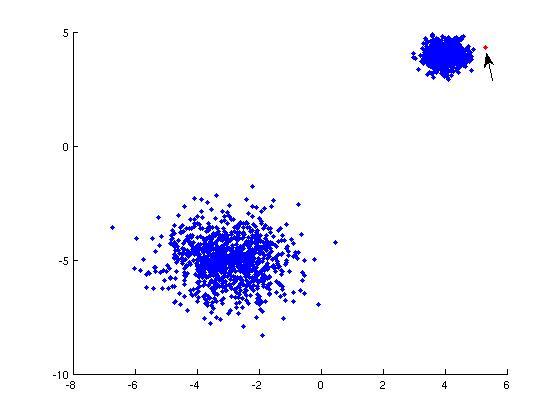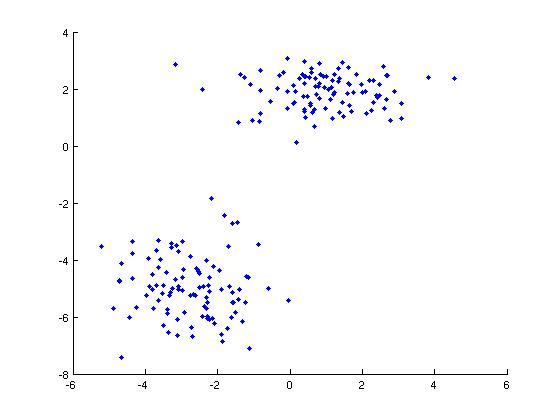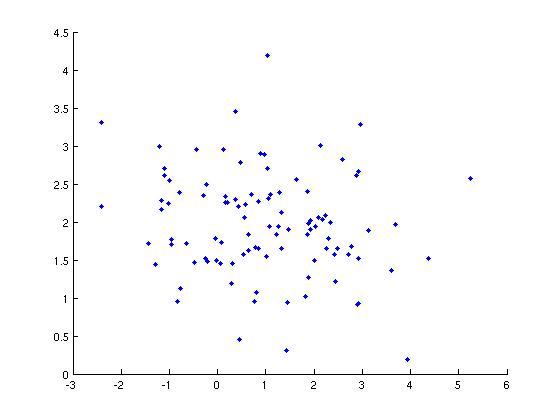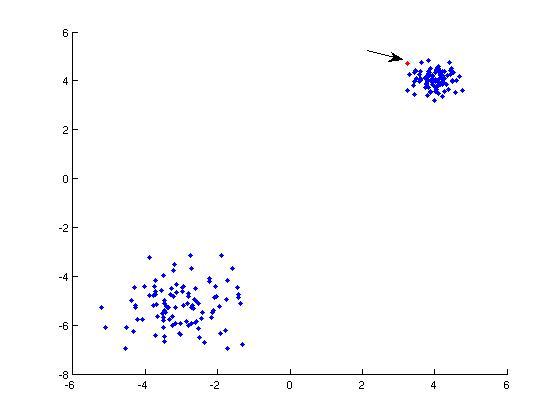Notice: this Wiki will be going read only early in 2024 and edits will no longer be possible. Please see: https://gitlab.eclipse.org/eclipsefdn/helpdesk/-/wikis/Wiki-shutdown-plan for the plan.
Anomaly Detection Tool Test Cases
Revision as of 19:13, 26 February 2015 by Paul.roubekas.org (Talk | contribs)
Contents
Test Case 1
- No. of clusters: 2
- No. of Data points: 1000
- Data points are easily separable into 2 clusters as depicted in Fig.1. Kmeans clustering algorithm can easily identify two distinct clusters in this case.
Test Case 2
- No. of clusters: 2
- No. of data points: 1000
- Data points are not easily separable into 2 clusters as depicted in Fig.2.
Test Case 3 LOF Test case
- No. of clusters: 3
- No. of data points: 1000
- Data points are easily separable into 2 clusters, however anomalies are not easy to find) as depicted in Fig.3. The point marked with an arrow can be a potential anomaly, as we consider its local density.
Test Case 4 100 data points
- No. of clusters: 2
- No. of data points: 100
- Data points are easily separable into 2 clusters as depicted in Fig.4.
Test Case 5 100 data points
- No. of clusters: 2
- No. of data points: 100
- Data points are not easily separable into 2 clusters as depicted in Fig.5.
Test Case 6 LOF Test case: 100 data points
- No. of clusters: 3
- No. of data points: 100
- Data points are easily separable into 2 clusters, however anomalies are not easy to find) as depicted in Fig.6. The point marked with an arrow can be a potential anomaly, as we consider its local density.

